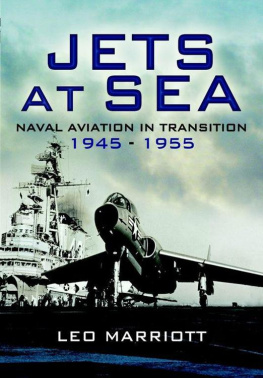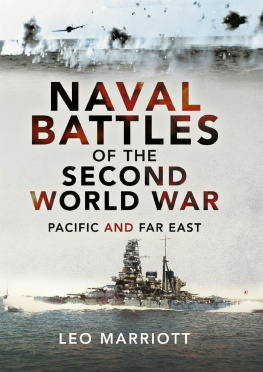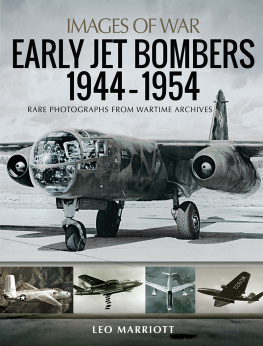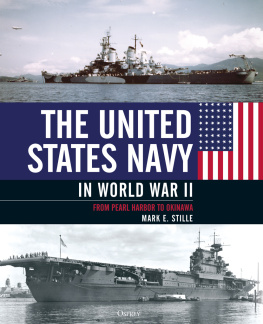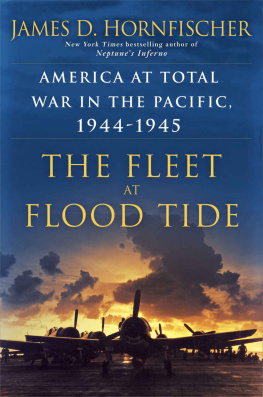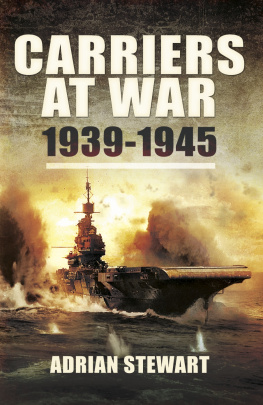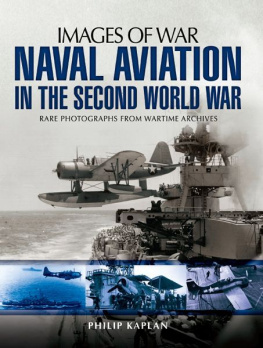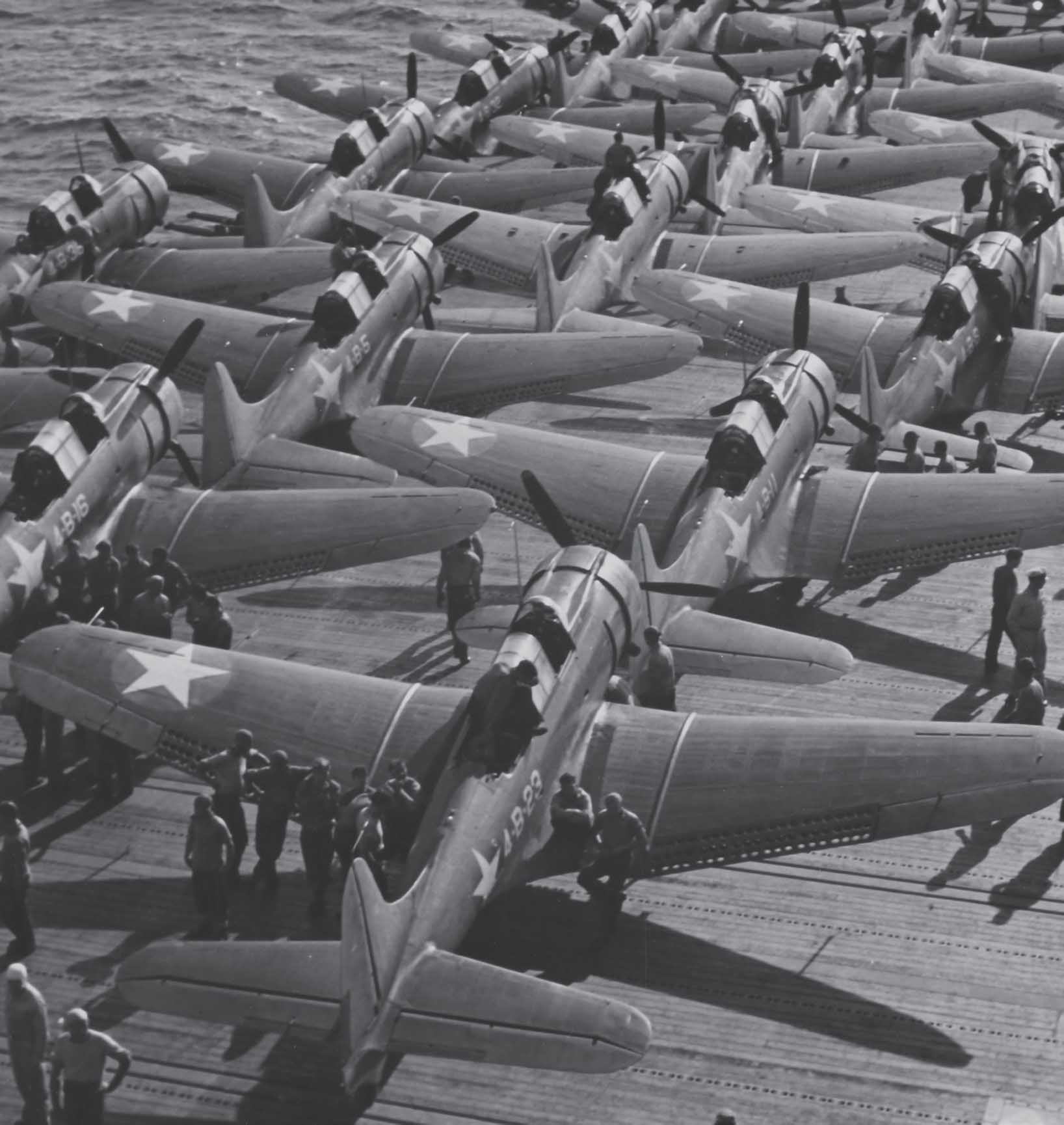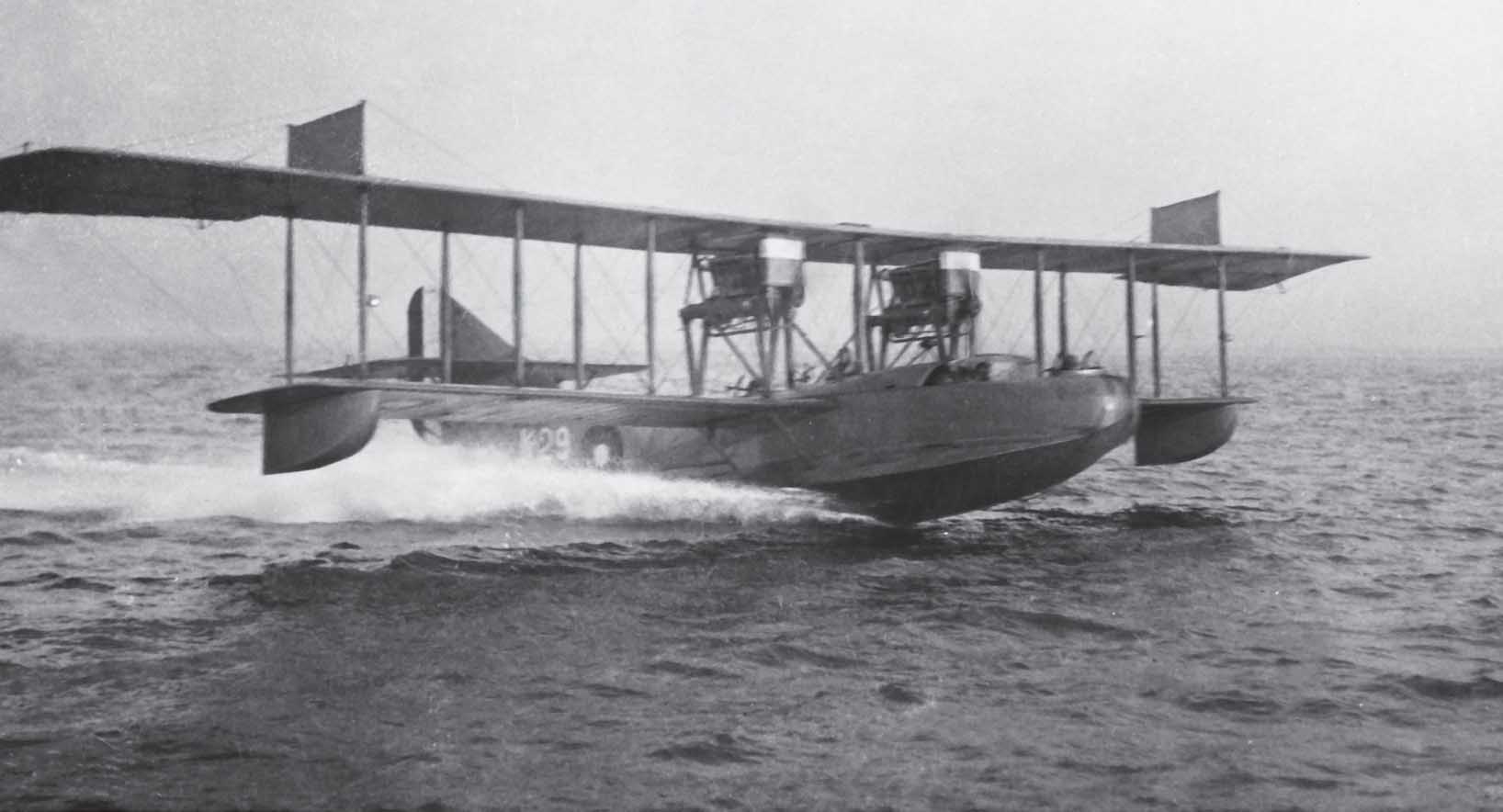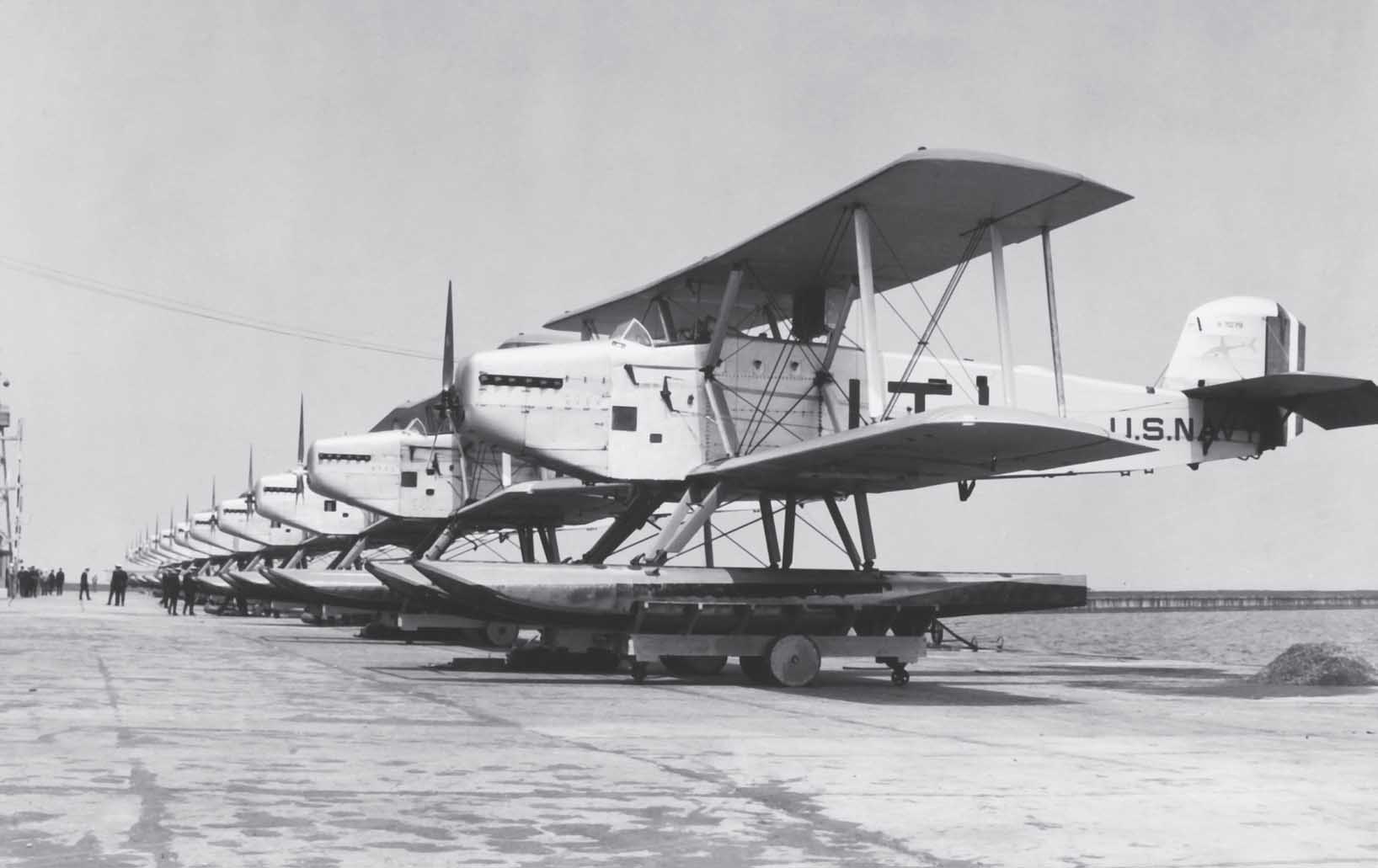Leo Marriott - US Naval Aviation 1898–1945: The Pioneering Years to the Second World War: Rare Photographs from Naval Archives
Here you can read online Leo Marriott - US Naval Aviation 1898–1945: The Pioneering Years to the Second World War: Rare Photographs from Naval Archives full text of the book (entire story) in english for free. Download pdf and epub, get meaning, cover and reviews about this ebook. City: Barnsley, year: 2021, publisher: Pen and Sword Aviation, genre: History. Description of the work, (preface) as well as reviews are available. Best literature library LitArk.com created for fans of good reading and offers a wide selection of genres:
Romance novel
Science fiction
Adventure
Detective
Science
History
Home and family
Prose
Art
Politics
Computer
Non-fiction
Religion
Business
Children
Humor
Choose a favorite category and find really read worthwhile books. Enjoy immersion in the world of imagination, feel the emotions of the characters or learn something new for yourself, make an fascinating discovery.
- Book:US Naval Aviation 1898–1945: The Pioneering Years to the Second World War: Rare Photographs from Naval Archives
- Author:
- Publisher:Pen and Sword Aviation
- Genre:
- Year:2021
- City:Barnsley
- Rating:3 / 5
- Favourites:Add to favourites
- Your mark:
US Naval Aviation 1898–1945: The Pioneering Years to the Second World War: Rare Photographs from Naval Archives: summary, description and annotation
We offer to read an annotation, description, summary or preface (depends on what the author of the book "US Naval Aviation 1898–1945: The Pioneering Years to the Second World War: Rare Photographs from Naval Archives" wrote himself). If you haven't found the necessary information about the book — write in the comments, we will try to find it.
The Japanese attack on Pearl Harbor on 7 December 1941 sank or crippled almost all of the battleships belonging to the US Navys Pacific Fleet, but the fleets aircraft carriers survived to demonstrate that naval aviation was now the dominant factor in the struggle at sea, turning the tide of the Pacific War. That the US Navy had the necessary ships, aircraft and crews was the result of pioneering, far-sighted decisions made in the pre-war years. Before the First World War the navy had recognised the potential of aircraft at sea, and it went on to develop the techniques and equipment that contributed so much to the defeat of the Japanese. This is the fascinating story Leo Marriott tells in this photographic history.
In a selection of over 200 rare photographs he traces the growth of US naval aviation from the flimsy seaplanes of the first years of the twentieth century to the mighty armadas that challenged those of the Japanese and, after the carrier battles at Coral Sea and Midway, led the advance across the Pacific. Key aspects of the history are the navys first aircraft carriers of the 1920s and the tremendous progress made in the decades between the wars in tactics and strategy as well as in the design of ships and aircraft.
Leo Marriott: author's other books
Who wrote US Naval Aviation 1898–1945: The Pioneering Years to the Second World War: Rare Photographs from Naval Archives? Find out the surname, the name of the author of the book and a list of all author's works by series.


